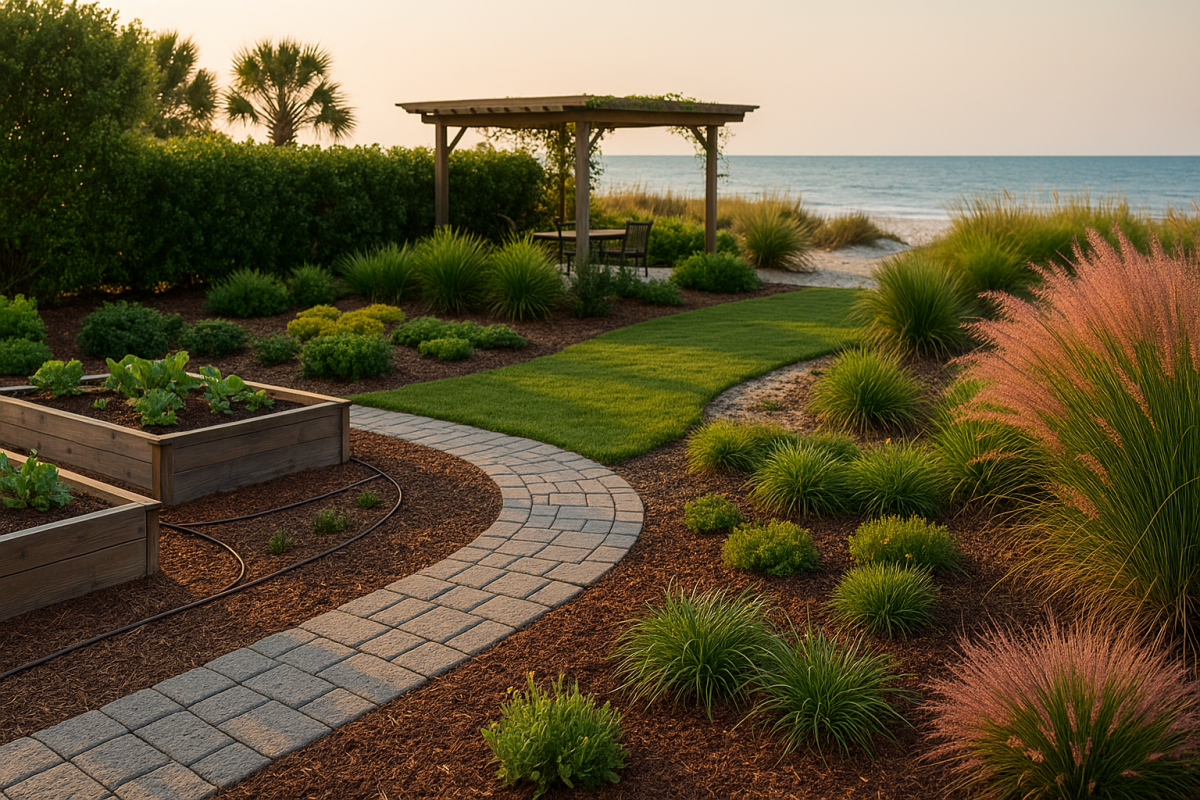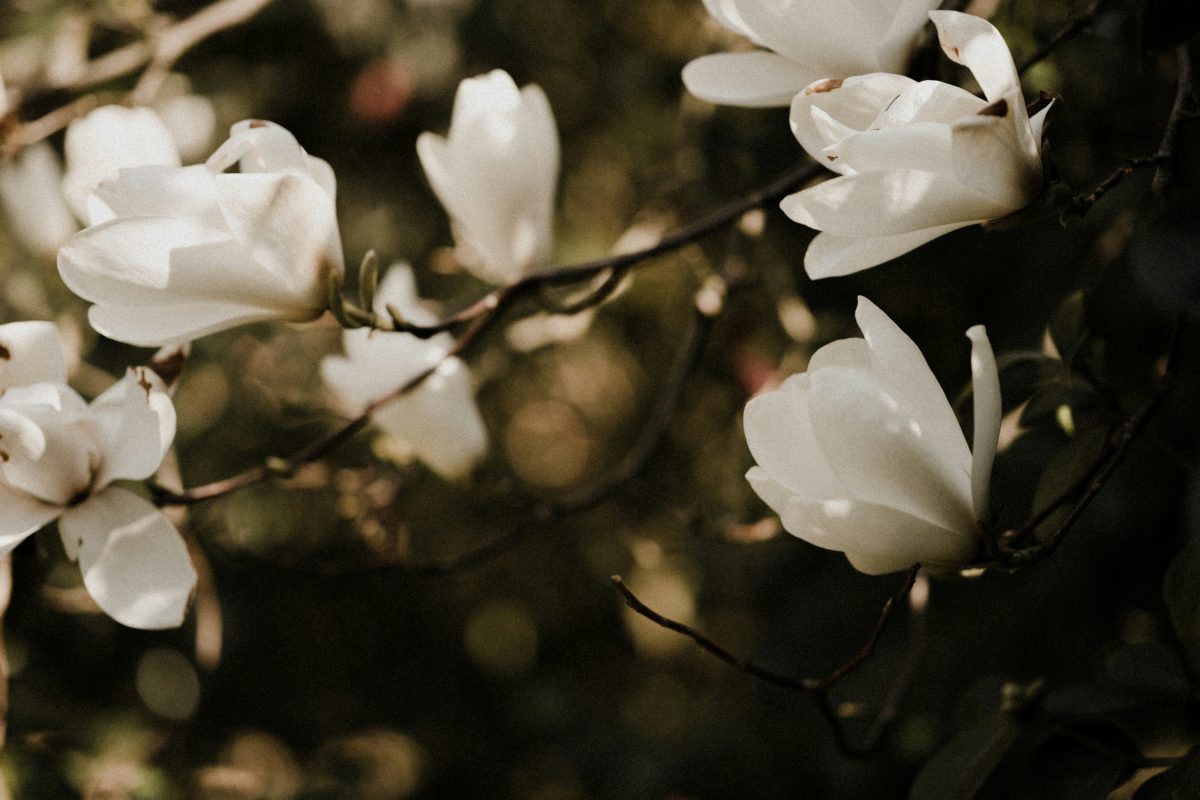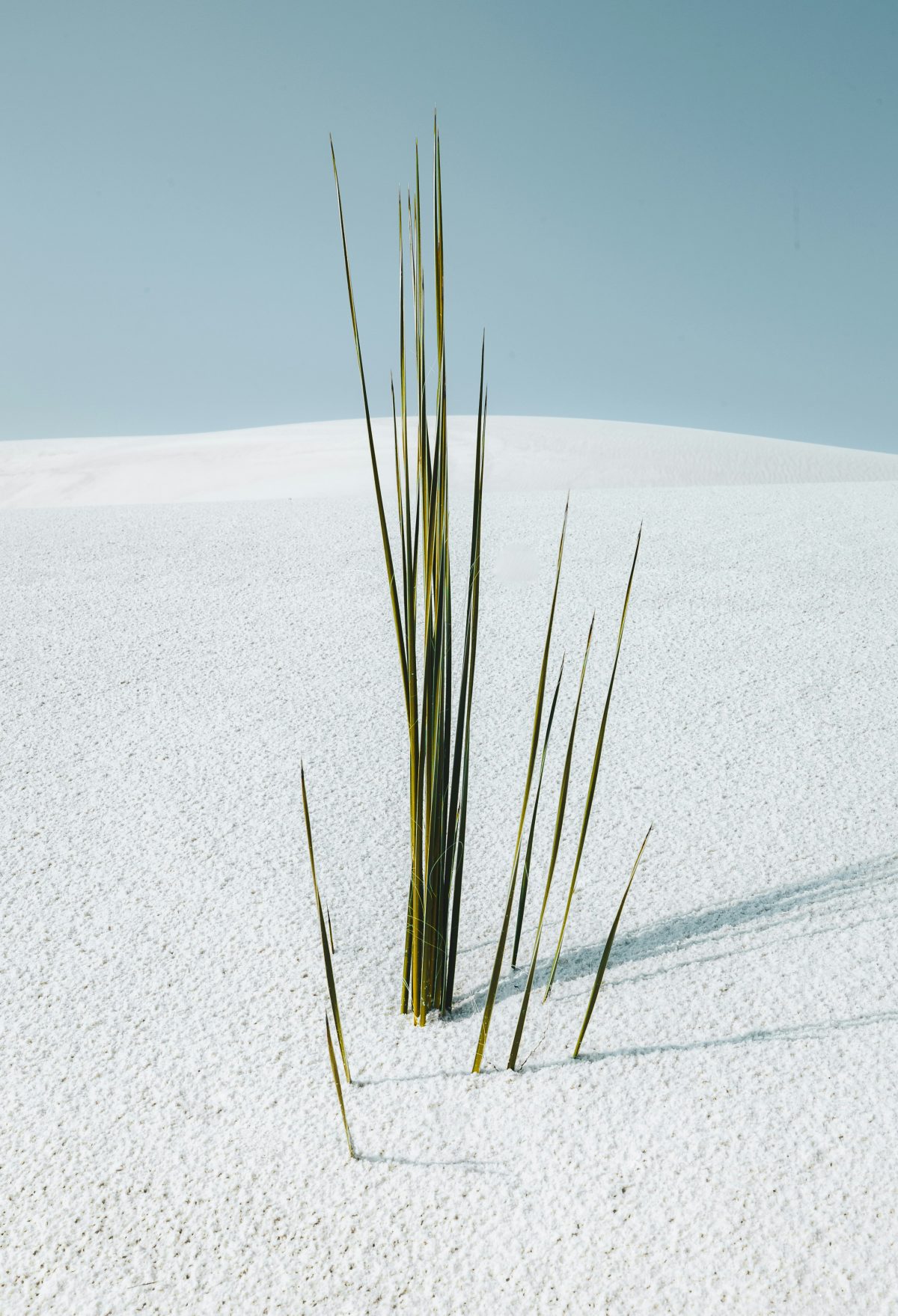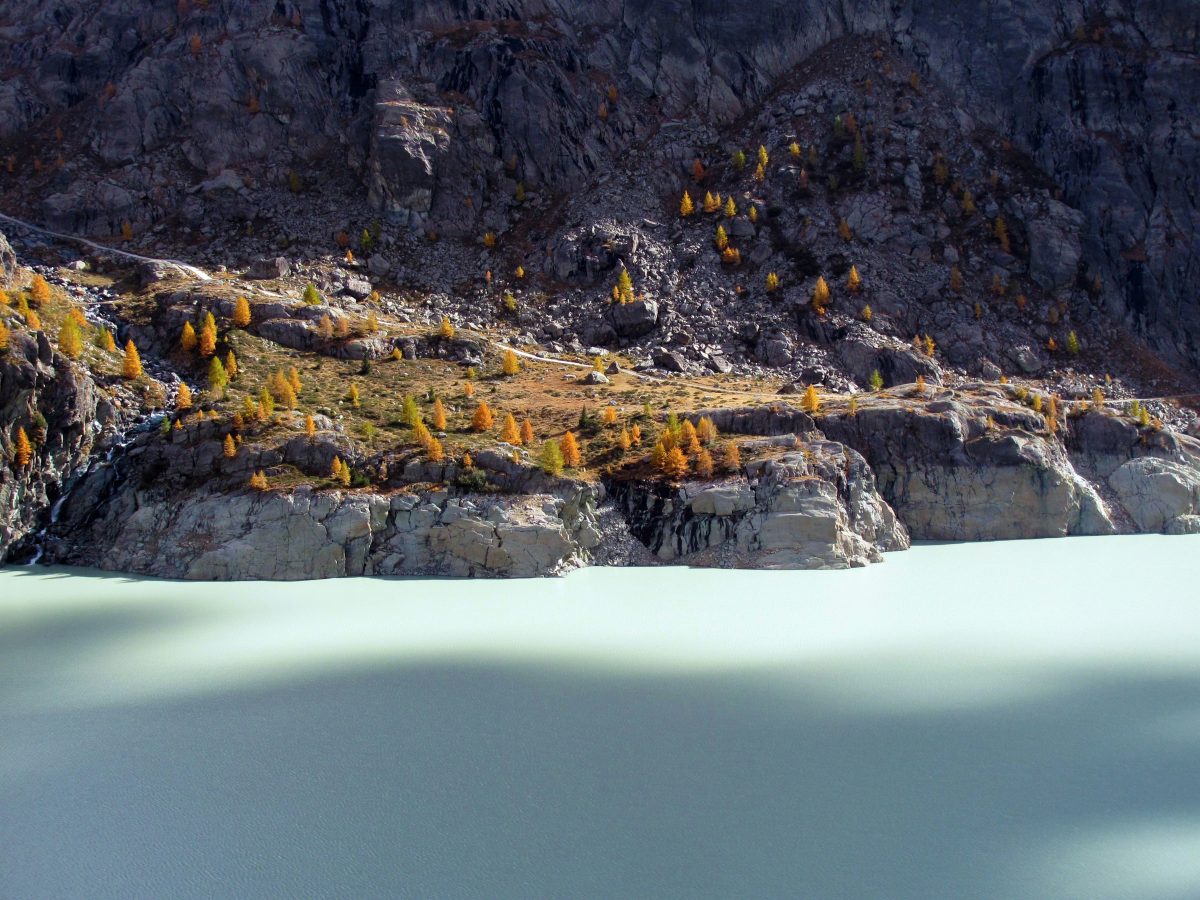Southern magnolia trees (Magnolia grandiflora) represent the epitome of Southern elegance, featuring glossy evergreen foliage and spectacular fragrant white blooms. These magnificent native trees thrive in USDA zones 7-10, requiring specific care techniques to reach their full potential of 60-80 feet tall with proper Southern magnolia tree care practices, including strategic planting, consistent watering, and appropriate pruning methods.
Table of Contents
- Understanding Southern Magnolia Characteristics
- Optimal Planting Conditions and Site Selection
- Essential Care and Maintenance Requirements
- Common Problems and Effective Solutions
- Popular Southern Magnolia Varieties
- Landscaping Applications and Design Ideas
Understanding Southern Magnolia Characteristics
Southern magnolia trees stand as one of the Southeast’s most iconic native species, naturally occurring from North Carolina to Florida and west to Texas. These evergreen giants have adapted to the region’s hot, humid summers and mild winters over thousands of years, making them exceptionally well-suited for southeastern landscapes.
Physical Characteristics and Growth Pattern
Magnolia grandiflora typically reaches 60-80 feet in height with a 30-40 foot spread when mature, though growth rates vary significantly by variety and growing conditions. Young trees grow relatively quickly, adding 12-24 inches annually during their first decade, then slowing to a more moderate 6-12 inches per year as they mature.
The tree’s most distinctive feature is its large, leathery leaves, which measure 5-10 inches long and 2-4 inches wide. The upper leaf surface is glossy dark green, while the underside often shows a rusty-brown felt-like coating called indumentum. This unique leaf structure helps the tree conserve moisture during hot, dry periods.
Southern magnolia flowers represent one of nature’s most spectacular displays. When fully opened, they measure 8-12 inches across. These creamy white, intensely fragrant flowers typically appear from late spring through early summer, with some varieties producing sporadic blooms throughout the growing season.
Root System and Soil Preferences
Southern magnolias develop shallow, fleshy root systems that spread widely but rarely extend deeply into the soil. This root structure makes them somewhat susceptible to drought stress but also allows them to quickly absorb surface moisture from rain or irrigation.
The tree’s root system contains specialized structures called contractile roots that help anchor the tree and can actually pull the trunk slightly deeper into the ground over time. These roots are particularly sensitive to soil compaction and mechanical damage, requiring careful handling during planting and landscape maintenance.
Climate Adaptations and Hardiness
These native trees have evolved remarkable adaptations to southeastern climate conditions. Their waxy leaf coating reduces moisture loss during hot summers, while their evergreen nature provides year-round photosynthesis capability. Once established, southern magnolias can tolerate brief temperature drops to 5-10°F, though young trees may need winter protection in zone 7 locations.
The trees show good salt tolerance, making them suitable for coastal planting situations, though they perform best when protected from direct salt spray. This adaptation allows successful cultivation within several miles of saltwater coastlines throughout the southeastern United States.
Optimal Planting Conditions and Site Selection
Successful Southern magnolia establishment begins with careful site selection and proper planting techniques. These trees require specific conditions to thrive and can struggle or fail in unsuitable locations.
Site Requirements and Spacing Considerations
Southern magnolias need full sun to partial shade exposure, with at least 6 hours of direct sunlight daily for optimal flowering and growth. While they can tolerate some shade, particularly afternoon shade in extremely hot climates, insufficient light results in poor flowering and weak, stretched growth.
Proper spacing is critical for long-term success. Plant trees at least 20-30 feet from structures, considering their eventual 30-40 foot spread. When planting multiple trees, space them 40-50 feet apart to prevent overcrowding and competition for resources.
Avoid planting near septic systems, underground utilities, or areas where the extensive surface root system might cause future problems. If planted too close, the shallow roots can potentially damage sidewalks, driveways, and building foundations.
Soil Preparation and Amendment Guidelines
Southern magnolias prefer well-drained, slightly acidic soil with a pH between 5.5 and 6.5, though they can tolerate slightly alkaline conditions up to pH 7.5. Conduct a soil test before planting to determine pH and nutrient levels, allowing for appropriate amendments.
Soil Preparation Steps:
- Test soil pH and drainage by digging a hole 18 inches deep
- Amend heavy clay soils with coarse sand or perlite (never fine sand)
- Add organic matter like compost or aged pine bark to improve structure
- Ensure the planting area drains within 24 hours after heavy rain
- Create raised planting beds in poorly drained locations
The planting hole should be 2-3 times wider than the root ball but no deeper. Southern magnolias should be planted at the same depth they were growing in the nursery, with the root flare slightly above soil level to prevent settling issues.
Optimal Planting Timing and Techniques
Fall planting (October through December) provides the best establishment success in most southeastern locations. This timing allows root development during cool, moist conditions before the stress of summer heat. Spring planting is also acceptable but requires more careful attention to watering during the first growing season.
Proper Planting Technique:
- Dig a hole 2-3 times wider than the root ball
- Set the tree at the proper depth with the root flare exposed
- Backfill with native soil mixed with 25% compost
- Water thoroughly to eliminate air pockets
- Apply a 2-3 inch mulch layer, keeping mulch away from the trunk
- Stake only if necessary, removing stakes after one year
Avoid disturbing the root ball excessively during planting, as magnolia roots are particularly sensitive to damage. Container-grown trees should have circling roots carefully loosened or cut to prevent girdling.
Essential Care and Maintenance Requirements
Proper Southern magnolia tree care involves consistent attention to watering, fertilization, pruning, and general maintenance practices that support healthy growth and flowering.
Watering Requirements and Irrigation Strategies
Newly planted Southern magnolias require regular, deep watering for the first 2-3 years until their root systems become established. During this period, provide 1-2 inches of water weekly, adjusting for rainfall and seasonal conditions.
Effective Watering Practices:
- Deep, infrequent watering rather than frequent shallow irrigation
- Soaker hoses or drip irrigation systems work best for consistent moisture
- Morning watering reduces disease pressure and water loss to evaporation
- Mulching around the tree helps retain soil moisture and reduce watering needs
- Seasonal adjustments with increased watering during hot, dry periods
Established trees (3+ years) typically require supplemental irrigation only during extended drought periods. However, consistent soil moisture produces the best flowering and growth rates, particularly during the spring growing season.
Monitor soil moisture by checking 2-3 inches deep around the root zone. Soil should feel slightly moist but not waterlogged. Overwatering can be as damaging as drought stress, leading to root rot and other problems.
Fertilization Programs and Nutrient Management
Southern magnolias benefit from annual fertilization but should not be over-fertilized, which can reduce flowering and increase disease susceptibility. Use a balanced, slow-release fertilizer specifically formulated for acid-loving plants.
| Fertilizer Component |
Purpose |
Application Rate |
Timing |
| Nitrogen (N) |
Foliage growth and color |
1 lb per inch trunk diameter |
Early spring |
| Phosphorus (P) |
Root development and flowering |
0.5 lb per inch trunk diameter |
Fall application |
| Potassium (K) |
Disease resistance and winter hardiness |
1 lb per inch trunk diameter |
Split spring/fall |
| Iron (Fe) |
Chlorophyll production |
As needed for chlorosis |
Spring/early summer |
Apply fertilizer in a circle extending from 3 feet from the trunk to the drip line, watering thoroughly after application. Organic alternatives like composted pine bark or aged manure can provide slower nutrient release and improve soil structure.
Avoid high-nitrogen fertilizers late in the growing season, as this can stimulate tender growth susceptible to winter damage. Fall fertilization should focus on phosphorus and potassium to promote root growth and cold hardiness.
Pruning Guidelines and Timing
Southern magnolias require minimal pruning when properly sited and allowed to develop their natural form. However, some pruning may be necessary for safety, health, or aesthetic reasons.
Best Practices for Magnolia Pruning:
- Time pruning carefully – immediately after flowering (June-July) to avoid removing next year’s flower buds
- Use proper tools – sharp, clean pruning shears and saws to prevent disease transmission
- Make proper cuts – just outside the branch collar without leaving stubs
- Remove dead, diseased, or damaged wood at any time of year
- Limit pruning amount – never remove more than 25% of the tree’s canopy in one year
Young trees may benefit from light structural pruning to establish a strong central leader and remove competing branches. Lower branches should be removed gradually as the tree matures to achieve the desired clearance heights.
Avoid significant pruning cuts on established trees, as magnolias heal slowly and large wounds can become entry points for diseases and insects. When major pruning is necessary, hire certified arborists familiar with magnolia care requirements.
Common Problems and Effective Solutions
Southern magnolia trees can experience various problems related to environmental stress, diseases, and pests. Early identification and appropriate treatment ensure long-term tree health and vitality.
Environmental Stress Issues
Leaf Drop and Yellowing: Southern magnolias naturally shed older leaves throughout the growing season, but excessive leaf drop may indicate stress. Common causes include drought, overwatering, soil compaction, or root damage from construction activities.
Solution Approach: Evaluate watering practices, improve soil drainage if necessary, and avoid soil compaction around the root zone. Apply 2-3 inches of organic mulch to conserve moisture and protect surface roots.
Poor Flowering: Insufficient sunlight, over-fertilization with nitrogen, or drought stress can reduce flower production. Trees younger than 10-15 years may also flower sparsely as they mature.
Corrective Measures: Ensure adequate sunlight exposure, reduce nitrogen fertilization, and maintain consistent soil moisture during the spring growing season. Patience is often required as young trees develop flowering capacity.
Chlorosis (Yellow Leaves with Green Veins): This condition typically indicates iron deficiency caused by alkaline soil pH or poor drainage. It’s particularly common in clay soils or areas with high pH.
Disease Management and Prevention
Leaf Spot Diseases: Various fungal organisms can cause brown or black spots on magnolia leaves, particularly during humid conditions with poor air circulation.
Treatment Protocol:
- Remove affected leaves and dispose of them in the trash (not compost)
- Improve air circulation through proper spacing and pruning
- Apply preventive fungicide sprays during wet springs if necessary
- Avoid overhead watering that keeps foliage wet
Root Rot: Overly wet soil conditions can lead to various root rot diseases that cause tree decline and potential death. Symptoms include yellowing leaves, poor growth, and branch dieback.
Prevention and Management: Ensure proper drainage before planting, avoid overwatering, and plant in raised beds if drainage is questionable. Affected trees may require professional evaluation and treatment.
Pest Management Strategies
Scale Insects: These small, immobile insects attach to leaves and stems, sucking plant juices and weakening the tree. Heavy infestations can cause leaf yellowing and premature drop.
Control Methods:
- Monitor regularly for early detection
- Apply horticultural oil sprays during the crawler stage (late spring)
- Encourage beneficial insects through diverse plantings
- Use systemic insecticides for severe infestations
Magnolia Borer: The larvae of this beetle tunnel into tree trunks and branches, potentially causing significant damage or death to stressed trees.
Prevention Strategy: Maintain tree health through proper watering, fertilization, and avoiding mechanical damage to trunks. Remove and destroy infested branches when discovered.
Popular Southern Magnolia Varieties
Modern plant breeding has produced numerous Southern magnolia varieties offering different characteristics for specific landscape needs and growing conditions.
Compact and Dwarf Varieties
‘Kay Parris’ represents one of the most popular compact selections, reaching only 20-25 feet tall with a narrow, upright growth habit. This variety produces large, fragrant flowers on young trees and works well in smaller landscapes or urban environments.
‘Teddy Bear’ features distinctive brown, fuzzy leaf undersides and compact growth reaching 15-20 feet tall. The smaller leaves and dense branching pattern make it suitable for container growing or small spaces.
‘Susan’ offers a unique combination of compact size (12-15 feet) with large flowers that appear at a young age. This variety tolerates cooler temperatures better than most Southern magnolias.
Fast-Growing and Large Varieties
‘Majestic Beauty’ grows rapidly to 35-50 feet tall with a pyramidal shape and produces flowers on young trees. The glossy, dark green leaves show less brown on the undersides than typical varieties.
‘D.D. Blanchard’ demonstrates exceptional cold hardiness and features distinctive bronze-colored leaf undersides. This variety grows 50-60 feet tall and produces abundant, large flowers.
‘Bracken’s Brown Beauty’ combines fast growth with compact size (30-40 feet) and produces flowers at a young age. The brown leaf undersides provide attractive contrast to the dark green upper surfaces.
Specialty and Unique Varieties
‘Little Gem’ revolutionized Southern magnolia use with its dwarf size (15-20 feet), extended flowering period, and suitability for containers. This variety produces flowers almost continuously from spring through fall.
‘Claudia Wannamaker’ offers excellent performance in challenging conditions including alkaline soils and urban environments. This variety features large flowers and good disease resistance.
‘Hasse’ produces particularly large flowers (up to 14 inches across) and demonstrates good heat tolerance for extreme southern conditions. The tree reaches 40-50 feet with a broad, spreading canopy.
Landscaping Applications and Design Ideas
Southern magnolias serve multiple roles in landscape design, from specimen trees to screening plants. They require thoughtful placement to maximize their ornamental impact and functional benefits.
Specimen Tree Placement and Design
As specimen trees, Southern magnolias work best in large, open areas where their natural form and size can be fully appreciated. Position them as focal points in front yards, courtyards, or large garden spaces where the fragrant flowers can be enjoyed from outdoor living areas.
When placing specimen trees, consider sight lines from windows and outdoor seating areas. The best locations allow viewing of both the impressive canopy and the spectacular flowers duringthe blooming season.
Underplant specimen magnolias with shade-tolerant groundcovers or small shrubs that complement the tree’s elegant character. Avoid high-maintenance plantings that require frequent cultivation around the sensitive surface roots.
Privacy Screening and Property Boundaries
Larger Southern magnolia varieties create excellent privacy screens when planted 20-25 feet apart. Their evergreen foliage provides year-round screening while their eventual size creates substantial visual barriers.
For faster screening effects, consider combining Southern magnolias with faster-growing evergreen trees like Southern live oak or bald cypress, gradually removing the temporary trees as magnolias mature.
Effective Screening Strategies:
- Stagger plantings at different distances from property lines for a natural appearance
- Mix varieties with different mature sizes for a layered screening effect
- Consider maintenance access when planning screen plantings
- Plan for utility lines and future access needs
Integration with Native Plant Communities
Southern magnolias work exceptionally well in native plant landscapes, naturally complementing other southeastern natives like dogwood, redbud, and native azaleas. This approach creates ecologically balanced gardens that support local wildlife while requiring minimal maintenance.
Combine magnolias with native understory plants such as wild ginger, coral bells, and native ferns that thrive in the dappled shade created by the magnolia canopy. This layered planting approach mimics natural forest communities and provides habitat for birds and beneficial insects.
Southern magnolias’ shallow root system makes them compatible with many native wildflowers and groundcovers that don’t require deep soil cultivation. This characteristic allows for diverse, naturalistic plantings that change with the seasons.
Urban and Commercial Applications
Compact Southern magnolia varieties like ‘Little Gem’ and ‘Kay Parris’ work well in urban environments where space constraints limit the use of full-sized varieties. These selections tolerate urban stresses, including air pollution, reflected heat, and compacted soils, better than many alternative trees.
For commercial landscapes, Southern magnolias provide low-maintenance, drought-tolerant options that create an impressive visual impact with minimal ongoing care requirements. Their evergreen nature ensures year-round aesthetic value in corporate and institutional settings.
Consider seasonal maintenance requirements when using magnolias in commercial applications. The natural leaf drop and occasional flower debris may require more frequent cleanup in high-visibility areas.



